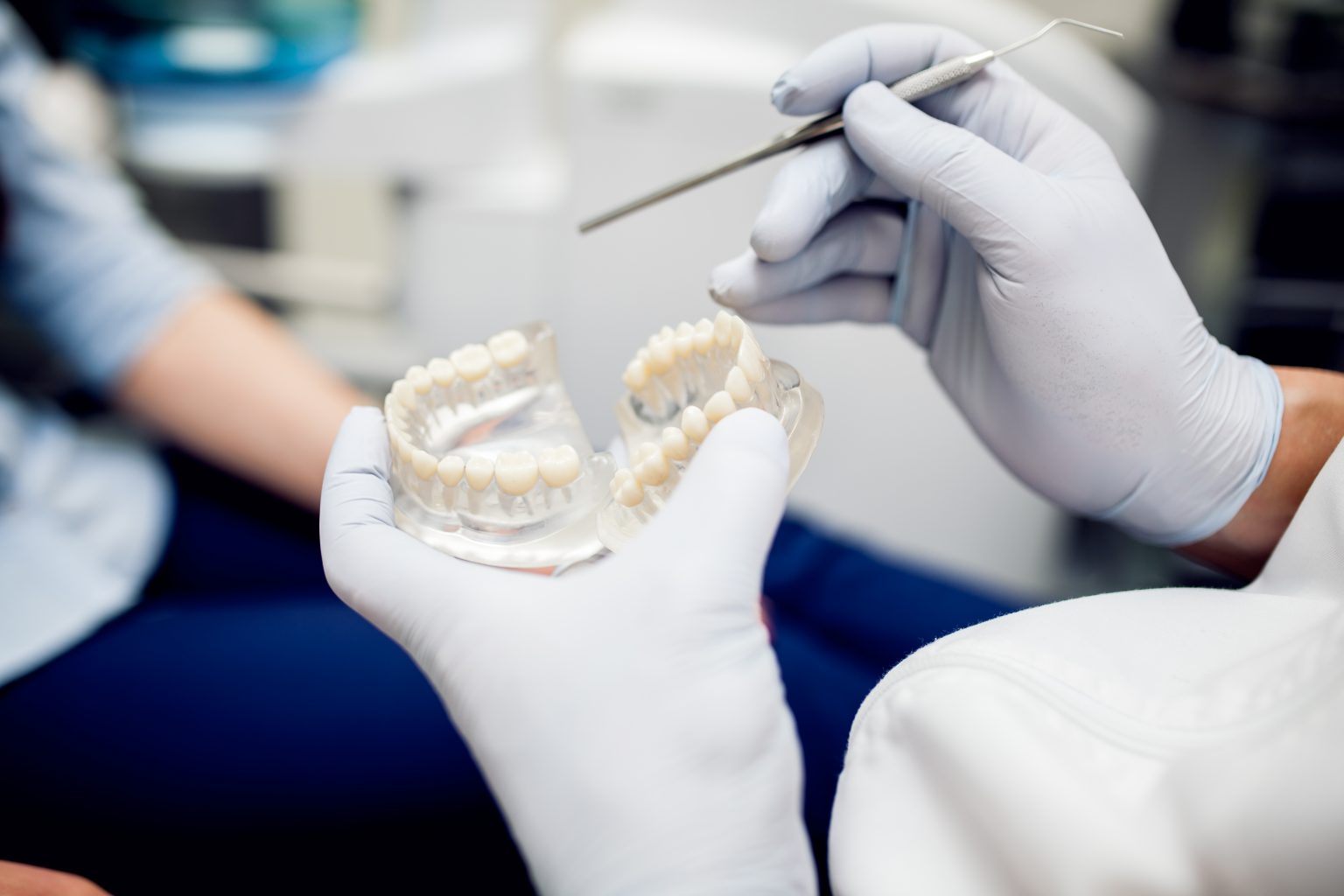A straight, healthy smile can only be achieved with orthodontic treatment. Because of their efficacy and adaptability, metal braces continue to be a popular alternative among other solutions. This article explores the many kinds of metal braces and emphasizes the special qualities of gold metal braces.
Different Styles of Dental Metal Braces
Metal braces have advanced dramatically, providing a range of styles to meet various orthodontic requirements. Here are the main kinds of metal braces that are now on the market:
Conventional Metal Braces: The most popular kind of braces are conventional metal braces. They are made up of wires and brackets made of stainless steel that work together to straighten teeth. These braces, which are renowned for their sturdiness, are excellent at treating a variety of dental problems, such as gaps, overcrowding, and misalignment. Since traditional metal braces are frequently the most affordable choice, many patients can afford them.
Braces that Self-Ligate: Braces that self-ligate, like Damon braces, have an exclusive mechanism that lets the wire move freely inside the brackets. Because to this design, there is no longer a need for elastic bands, which lowers friction and makes teeth movement smoother. Self-ligating braces frequently result in shortened treatment times and fewer orthodontist visits for patients. There is also less plaque accumulation when elastic ligatures are absent.
Ceramic Braces: While not fully metal, ceramic braces use brackets constructed from tooth-colored or clear materials, making them less apparent than typical metal braces. The cables are still made of metal, though. Adults and teenagers who want a more fashionable alternative to metal braces but still want it to work well are fond of ceramic braces. Because they are more likely to discolor, they could need more upkeep.
Lingual Braces: Almost undetectable from the front, lingual braces are affixed to the back of the teeth. For those who would rather have a discreet orthodontic solution, this alternative may be appealing. Lingual braces are effective, although they might be harder to clean and take longer to adapt. Because they are frequently produced specifically for each patient, the price may go up.
Gold Metal Braces: Stainless steel braces can be distinguished from gold metal braces. These braces, which are made of a stainless steel and gold combination, are strong and have a distinctive look. Patients with metal sensitivities or those who wish to stand out frequently select gold braces because they may cause less irritation to delicate gums.
Gold Metal Bracelets’ Allure
The strength and efficiency of conventional metal braces are combined with the extra advantages of a gold finish in gold metal braces. Patients may choose to use gold braces for the following reasons:
Aesthetic Preference: People who wish to use orthodontic treatment to create a fashion statement will find gold braces to have a stunning appearance. Their distinct hue might provide a little touch of personality to a patient’s smile.
Durability: Gold braces are just as strong and efficient in treating a variety of orthodontic problems as conventional metal braces. A long-lasting solution is guaranteed by the strong tarnishing resistance of the gold alloy utilized.
Hypoallergenic Properties:
For patients with sensitivities to nickel, which is often found in standard stainless steel braces, gold braces can be a suitable alternative. Gold’s hypoallergenic properties help lower the possibility of allergic responses when receiving therapy.
Comfort: Compared to standard metal braces, gold braces are frequently smoother, which can result in more comfort and less mouth and gum irritation.
In summary
To get the best orthodontic outcomes, selecting the appropriate kind of metal braces is essential. Every sort of metal brace, from conventional ones to cutting-edge choices like gold metal braces, has special advantages catered to the requirements of various patient populations. Patients can ensure a confident smile for years to come by being knowledgeable about the numerous alternatives available and making decisions based on their preferences. To find the ideal braces for your unique orthodontic needs, always speak with a skilled orthodontist.

